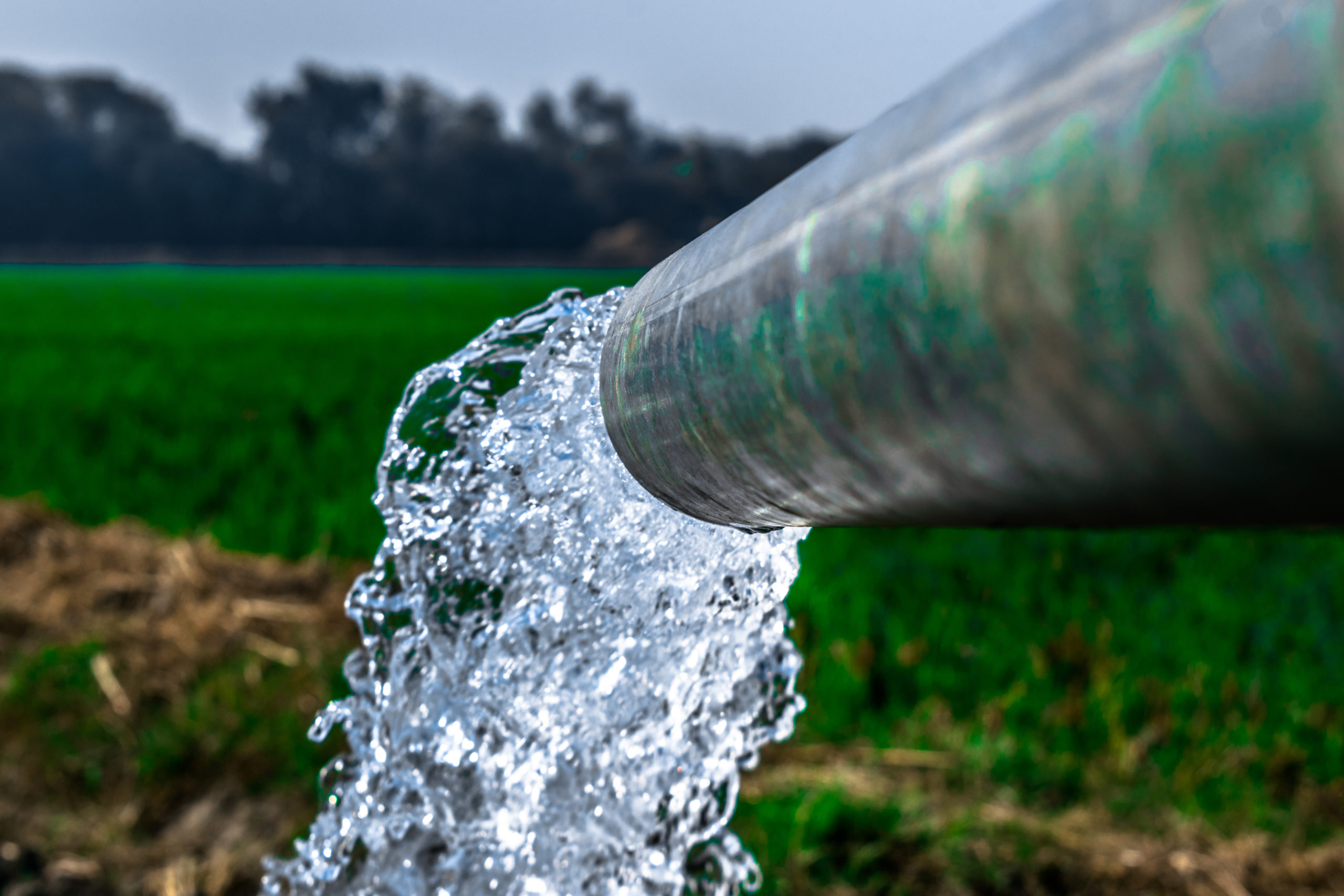Important Steps in Local Waste Water Treatment Plants
Important Steps in Local Waste Water Treatment Plants
Blog Article
Strategic Approaches to Enhance Drainage Treatment Effectiveness and Reduce Environmental Influence
In the world of waste water treatment, the quest for boosted efficiency and reduced ecological impact is a continuous challenge that requires calculated options. The integration of innovative treatment innovations, energy-efficient processes, source healing strategies, boosted nutrient elimination strategies, and clever surveillance and control systems stands for a diverse structure for resolving these pressing issues.
Advanced Therapy Technologies
Innovative membrane layer purification systems have actually reinvented sophisticated wastewater treatment procedures, considerably boosting the removal of impurities. This innovation has actually confirmed to be very effective in eliminating a broad variety of contaminants, consisting of drugs, hefty steels, and organic compounds, which are commonly challenging to get rid of through conventional therapy approaches.
Additionally, membrane layer filtering systems use many advantages over conventional treatment strategies. They require much less space, create higher-quality effluent, and are more resistant to fluctuations in influent water high quality. Additionally, these systems are highly functional and can be quickly incorporated right into existing treatment plants or made use of as standalone devices for decentralized applications. As the demand for clean water continues to rise, the adoption of innovative membrane layer filtration technologies is necessary to make sure efficient and sustainable wastewater therapy techniques.
Energy-Efficient Processes
The combination of energy-efficient procedures in wastewater treatment systems is crucial for enhancing resource usage and decreasing functional prices. One key strategy to enhancing power effectiveness in wastewater treatment is the usage of advanced oygenation systems, such as great bubble diffusers or surface area aerators, which can improve oxygen transfer performance and minimize power consumption.
Moreover, maximizing process control and automation with making use of sophisticated sensing units and keeping track of systems can boost overall energy performance by adjusting procedures in real-time based upon actual demand and conditions. Executing energy audits and regularly keeping an eye on power performance indications are vital techniques to determine locations for improvement and track energy-saving initiatives successfully. Generally, the adoption of energy-efficient procedures in wastewater treatment not just profits the atmosphere however additionally contributes to long-lasting expense savings and operational sustainability.
Resource Recuperation Strategies
With a concentrate on optimizing source usage and sustainability in wastewater treatment systems, the application of source recovery methods emerges as a critical facet in boosting operational effectiveness. Resource recovery approaches in wastewater therapy involve the identification and extraction of useful resources from the waste stream, consequently transforming what was when considered waste right into a beneficial property. By applying source recovery strategies such as nutrient removal and healing, power generation from organic matter, and the production of multiple-use water, wastewater therapy plants can lessen ecological effect while maximizing efficiency.

Boosted Nutrient Elimination Methods
Executing innovative nutrient removal techniques is essential for optimizing the effectiveness of wastewater therapy systems. Improved nutrient elimination plays an important role in decreasing the environmental effect of cured effluent released right into water bodies. One of the vital strategies utilized for enhanced nutrient removal is the procedure of organic nutrient elimination (BNR), which includes the elimination of nitrogen and phosphorus with organic procedures. This can be attained via the usage of specialized microorganisms that can convert nitrogen compounds right into inert nitrogen gas through denitrification, and build up phosphorus within their cells through a process called enhanced biological phosphorus removal (EBPR)

In addition to BNR, advanced therapy techniques such as membrane bioreactors (MBRs) and created marshes can likewise be utilized to improve nutrient removal performance. By incorporating these innovative nutrient elimination strategies right read what he said into wastewater treatment markets, districts and systems can effectively decrease nutrient pollution and secure the environment.
Smart Tracking and Control Systems
Using sophisticated technology, the combination of clever tracking and control systems transforms the functional performance of wastewater therapy facilities. These systems integrate innovative sensing units and data analytics to continuously keep an eye on crucial criteria such as pH levels, turbidity, liquified oxygen, and circulation rates in real-time. By accumulating and examining this data, drivers can get useful understandings right into the performance of the treatment processes, making it possible for proactive changes to maximize therapy effectiveness.
Smart tracking and control systems likewise support remote tracking capabilities, enabling drivers to accessibility real-time information and control functions from off-site places. This remote ease of access boosts functional flexibility and responsiveness, making it possible for swift interventions in situation of system malfunctions or fluctuations in influent top quality. The anticipating upkeep capacities of these systems help stop devices failings and decrease downtime, inevitably improving the general reliability of wastewater treatment operations.
Final Thought
Finally, calculated methods such as advanced therapy technologies, energy-efficient procedures, resource recovery approaches, enhanced nutrient elimination techniques, and clever surveillance and control systems play an important duty in boosting wastewater treatment efficiency and lessening environmental impact. By carrying out these strategies, wastewater therapy plants can improve their general performance, minimize power intake, recover important sources, and make certain conformity with environmental policies. These techniques are essential for sustainable and efficient wastewater monitoring practices.

In verdict, critical methods such as sophisticated therapy modern technologies, energy-efficient procedures, source recovery strategies, enhanced nutrient removal techniques, and clever tracking and control systems play an important duty in boosting wastewater therapy performance and lessening environmental influence.
Report this page